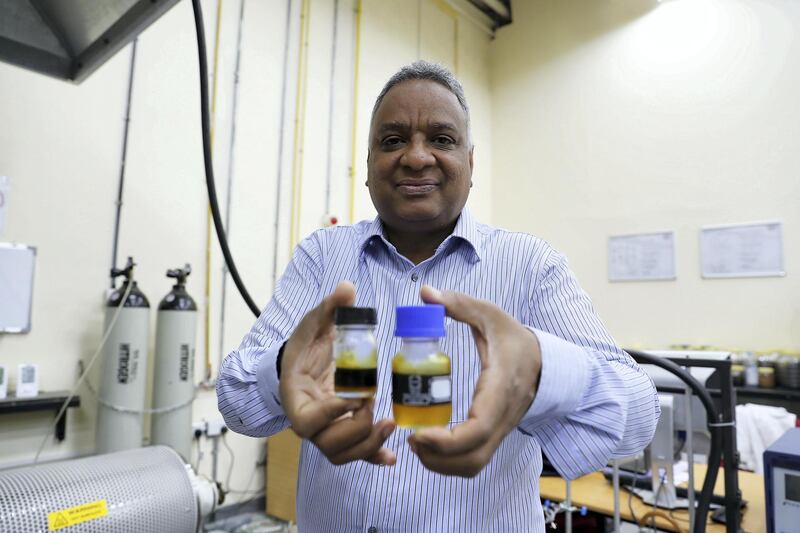Date palms are intimately connected to Arabian landscape and culture. Their fruits are enjoyed in our favourite sweet treats and eaten to break the fast during the holy month. In the past, their trunks and leaves were used to build ships and homes. Their status as an enduring symbol of the region is beyond doubt, but now it has been discovered that they could be an unexpected source of green energy.
A recent UK study, led by Yassir Makkawi, an associate professor at the American University of Sharjah, has found that the leaves, stems and empty branches of the UAE date palm tree could potentially be used to produce biofuel to power cars and machinery. The byproducts of this process can even be used as a fertiliser, meaning that no part of the tree goes to waste.
These findings go to show that, in addition to the bounty of oil that has driven the region's growth, a wealth of natural resources can now be tapped into in the search for green alternatives. This is vital, as the UAE moves towards a post-oil economy. We can also no longer afford to ignore the realities of climate change. Scientists have predicted that if nothing is done to reduce carbon dioxide emissions, rising temperatures will reach an irreversible tipping point within 11 years. In light of this, research into renewable, cleaner energy, should be encouraged at every turn.
Initiatives such as Mr Makkawi’s provide local solutions to a global problem. The study makes use of natural materials that are ubiquitous throughout the region, and which would otherwise go to landfills or be burned, to produce much-needed energy. Not only is this an efficient and eco-friendly strategy, it also provides a creative approach to waste management and unlocks the hidden potential of a beloved feature of our natural environment. One can only applaud such an innovative and entirely home-grown project.





